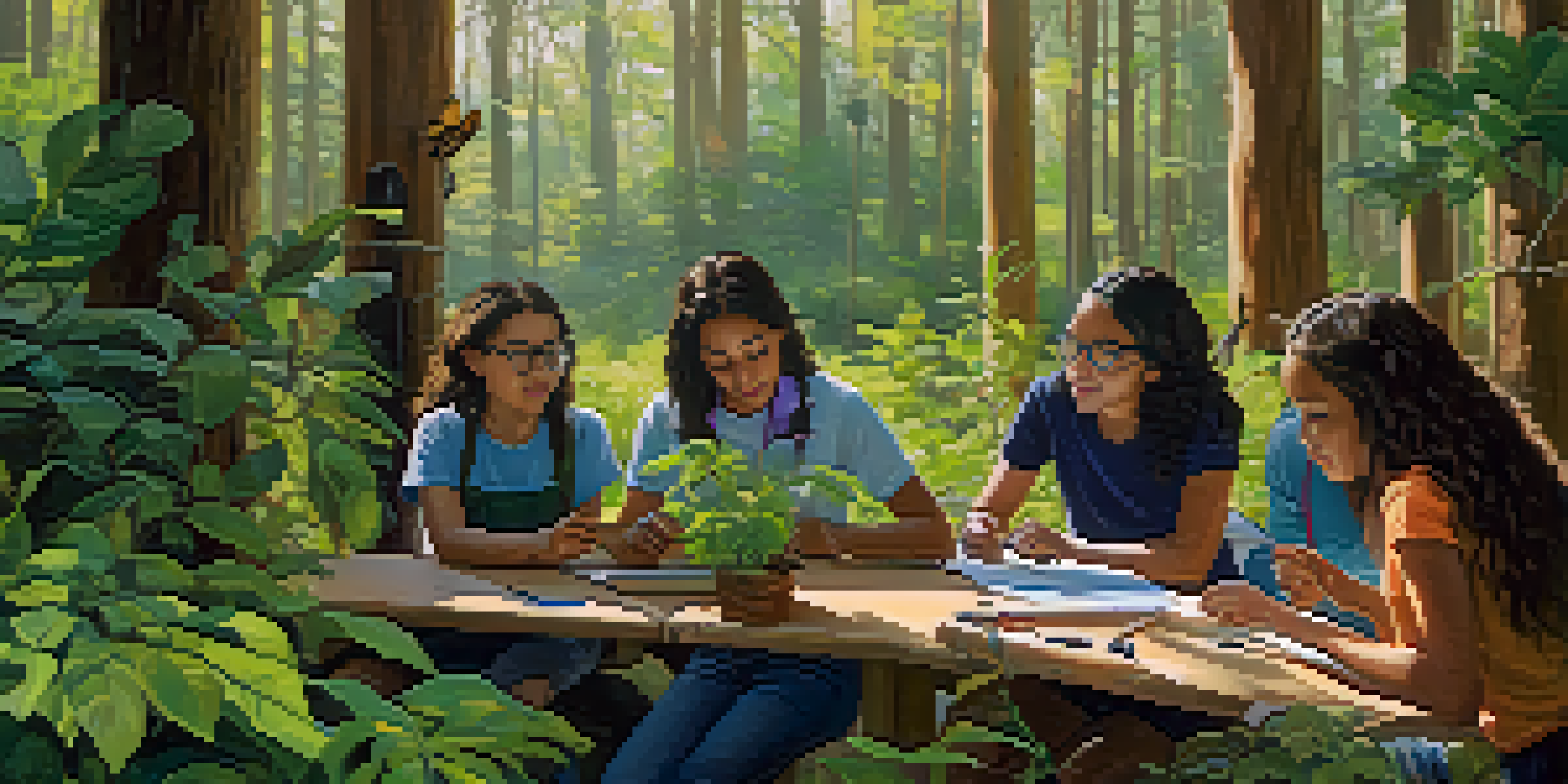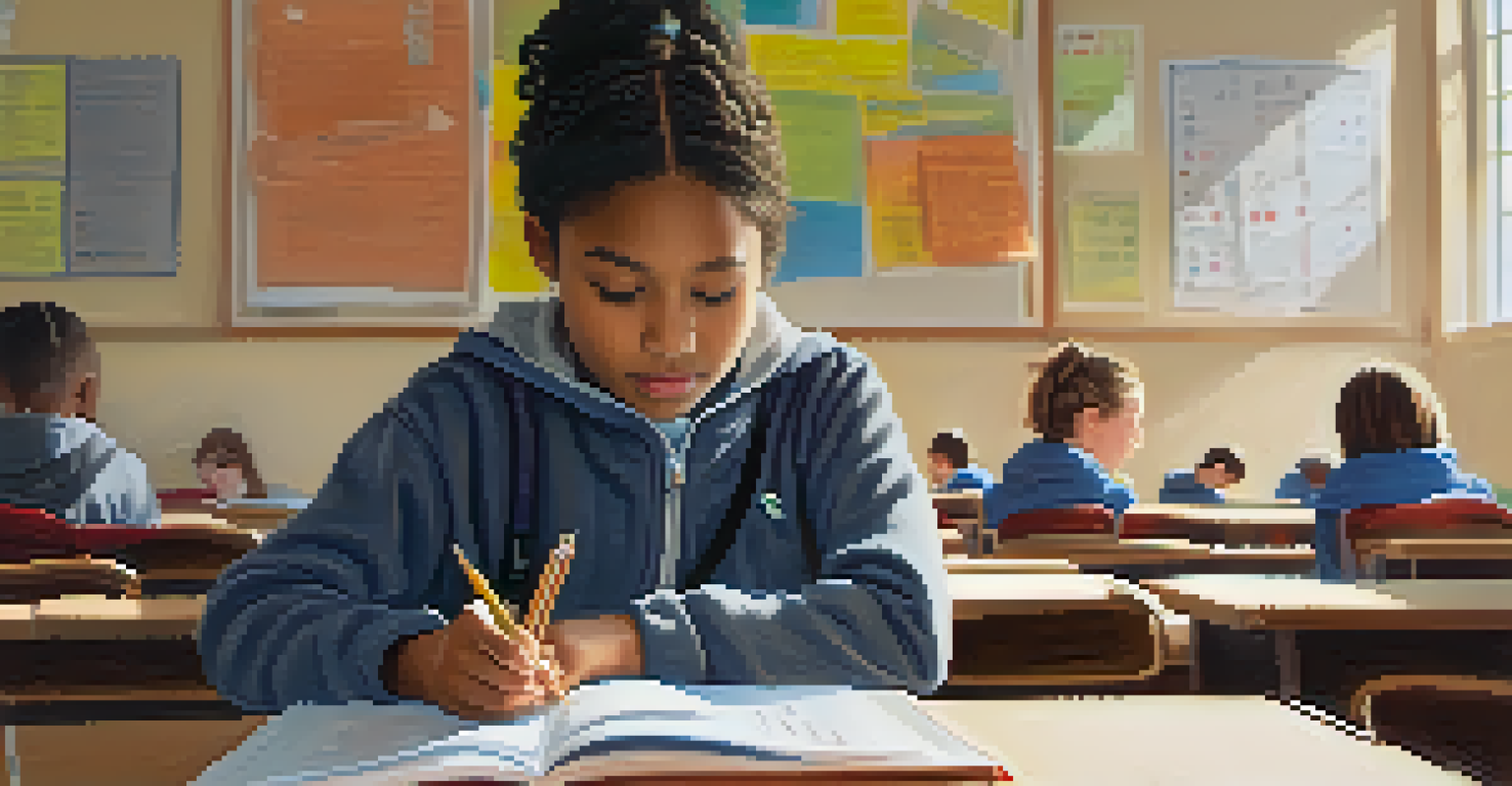Neuroscience of Learning Through Experiential Education

What is Experiential Education and Why It Matters
Experiential education is a hands-on approach to learning that emphasizes direct experience and reflection. Unlike traditional education, which often relies on lectures and textbooks, experiential learning encourages students to engage actively with the material. This method fosters deeper understanding and retention, making learning more meaningful and relevant.
Tell me and I forget. Teach me and I remember. Involve me and I learn.
For example, imagine a biology class where students don’t just read about ecosystems but actually visit a local habitat. By observing wildlife and interacting with the environment, they create lasting memories tied to their learning. This immersive experience can spark curiosity and motivate students to explore further, enhancing their educational journey.
By incorporating real-world experiences into the curriculum, educators can tap into the natural curiosity of students. This not only makes learning enjoyable but also instills valuable life skills such as problem-solving and critical thinking, crucial for success in today’s fast-paced world.
The Brain's Role in Learning: A Quick Overview
Understanding how the brain learns is key to appreciating the benefits of experiential education. Learning involves complex processes in the brain, including the formation of neural pathways. When students engage in hands-on experiences, they stimulate these pathways, making it easier to recall information later.

For instance, when a student participates in a science experiment, the act of doing engages multiple senses. This multi-sensory approach activates different areas of the brain, enhancing information retention. It’s like weaving a rich tapestry of knowledge where each thread adds depth and color to understanding.
Experiential Learning Enhances Retention
Hands-on experiences actively engage students, leading to deeper understanding and improved memory retention.
Additionally, the brain's plasticity allows it to adapt based on experiences. This means that the more we engage in experiential learning, the stronger and more efficient our neural connections become, ultimately leading to better learning outcomes.
How Emotions Influence Learning and Memory
Emotions play a significant role in how we learn and remember information. When students experience emotions during learning, it can trigger a stronger memory response. This is why experiential education, which often elicits emotional engagement, can be so effective.
The best way to predict the future is to create it.
Consider a student who participates in a community service project. The pride and fulfillment they feel can create a lasting impression associated with the knowledge gained during that experience. This emotional connection not only enhances memory but also cultivates empathy and social awareness.
Moreover, positive emotions can reduce stress and anxiety, making the brain more open to absorbing new information. By fostering a supportive and emotionally charged learning environment, educators can maximize the impact of experiential education.
Reflection: The Key to Deep Learning
Reflection is a crucial component of experiential education as it allows students to process their experiences. By reflecting on what they’ve learned, students can connect new knowledge with prior understanding, deepening their learning. This process often leads to insights that might not occur during the experience itself.
For example, after a field trip, a teacher might encourage students to journal about their thoughts and feelings. This reflective practice helps solidify their learning as they articulate their experiences and relate them to broader concepts. It’s like turning the light bulb on and illuminating areas of understanding.
Emotions Boost Learning Effectiveness
Experiential education elicits emotional responses that strengthen memory and foster empathy.
Furthermore, reflection fosters metacognition, or thinking about one’s own thinking. This skill enables learners to assess their understanding and adapt their approaches in future learning scenarios, leading to continuous improvement.
The Role of Collaboration in Experiential Learning
Collaboration is another vital aspect of experiential education. Working with peers fosters teamwork, communication, and social skills, all of which are essential in today’s world. When students engage in collaborative projects, they not only learn from each other but also build a supportive learning community.
Imagine a group of students tasked with designing a sustainable garden. Each member brings unique skills and perspectives, leading to a richer learning experience. Through collaboration, they learn to negotiate, compromise, and celebrate each other's contributions, which are invaluable skills beyond the classroom.
Moreover, collaborative learning can enhance problem-solving abilities. When faced with challenges, students learn to share ideas and strategies, promoting a sense of ownership and shared responsibility for their learning.
Real-World Applications of Experiential Learning
Experiential education isn’t just limited to classrooms; it has real-world applications that prepare students for future challenges. Internships, service learning, and project-based activities provide students with opportunities to apply their knowledge in practical settings. This hands-on experience is invaluable in bridging the gap between theory and practice.
For instance, a business student who participates in an internship gains insights into corporate dynamics that cannot be learned from textbooks alone. These experiences equip students with the skills and confidence needed to navigate their careers successfully.
Collaboration Builds Essential Skills
Working together on projects enhances teamwork, communication, and problem-solving abilities among students.
Moreover, engaging with real-world problems encourages critical thinking and innovation. Students learn to analyze situations, consider multiple perspectives, and develop creative solutions, making them better prepared for the complexities of life after school.
The Future of Learning: Integrating Neuroscience Insights
As we continue to explore the neuroscience of learning, integrating these insights into educational practices is paramount. Educators can harness our understanding of how the brain works to design more effective experiential learning opportunities. This means creating environments that stimulate engagement, reflection, and collaboration.
For example, incorporating technology, such as virtual reality, can enhance experiential learning by allowing students to explore new environments safely. This innovative approach can captivate students' attention and provide immersive experiences that traditional methods might lack.

As we look to the future, blending neuroscience with experiential education can revolutionize how we approach learning. By prioritizing student engagement and emotional connection, we can create a more effective and enriching educational landscape.